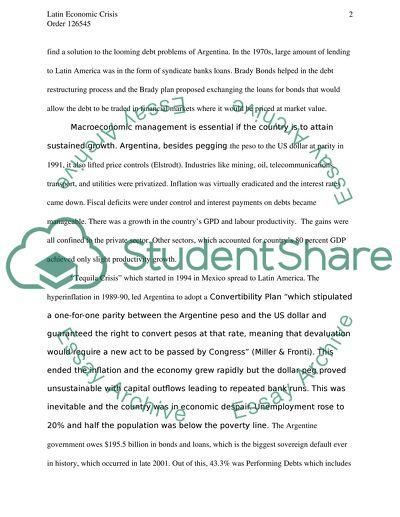Cite this document
(Latin Economic Crisis: Relationship between Argetina and the Term Paper, n.d.)
Latin Economic Crisis: Relationship between Argetina and the Term Paper. Retrieved from https://studentshare.org/macro-microeconomics/1537021-relationship-between-argetina-and-the-international-monetary-fund-imf
Latin Economic Crisis: Relationship between Argetina and the Term Paper. Retrieved from https://studentshare.org/macro-microeconomics/1537021-relationship-between-argetina-and-the-international-monetary-fund-imf
(Latin Economic Crisis: Relationship Between Argetina and the Term Paper)
Latin Economic Crisis: Relationship Between Argetina and the Term Paper. https://studentshare.org/macro-microeconomics/1537021-relationship-between-argetina-and-the-international-monetary-fund-imf.
Latin Economic Crisis: Relationship Between Argetina and the Term Paper. https://studentshare.org/macro-microeconomics/1537021-relationship-between-argetina-and-the-international-monetary-fund-imf.
“Latin Economic Crisis: Relationship Between Argetina and the Term Paper”. https://studentshare.org/macro-microeconomics/1537021-relationship-between-argetina-and-the-international-monetary-fund-imf.


